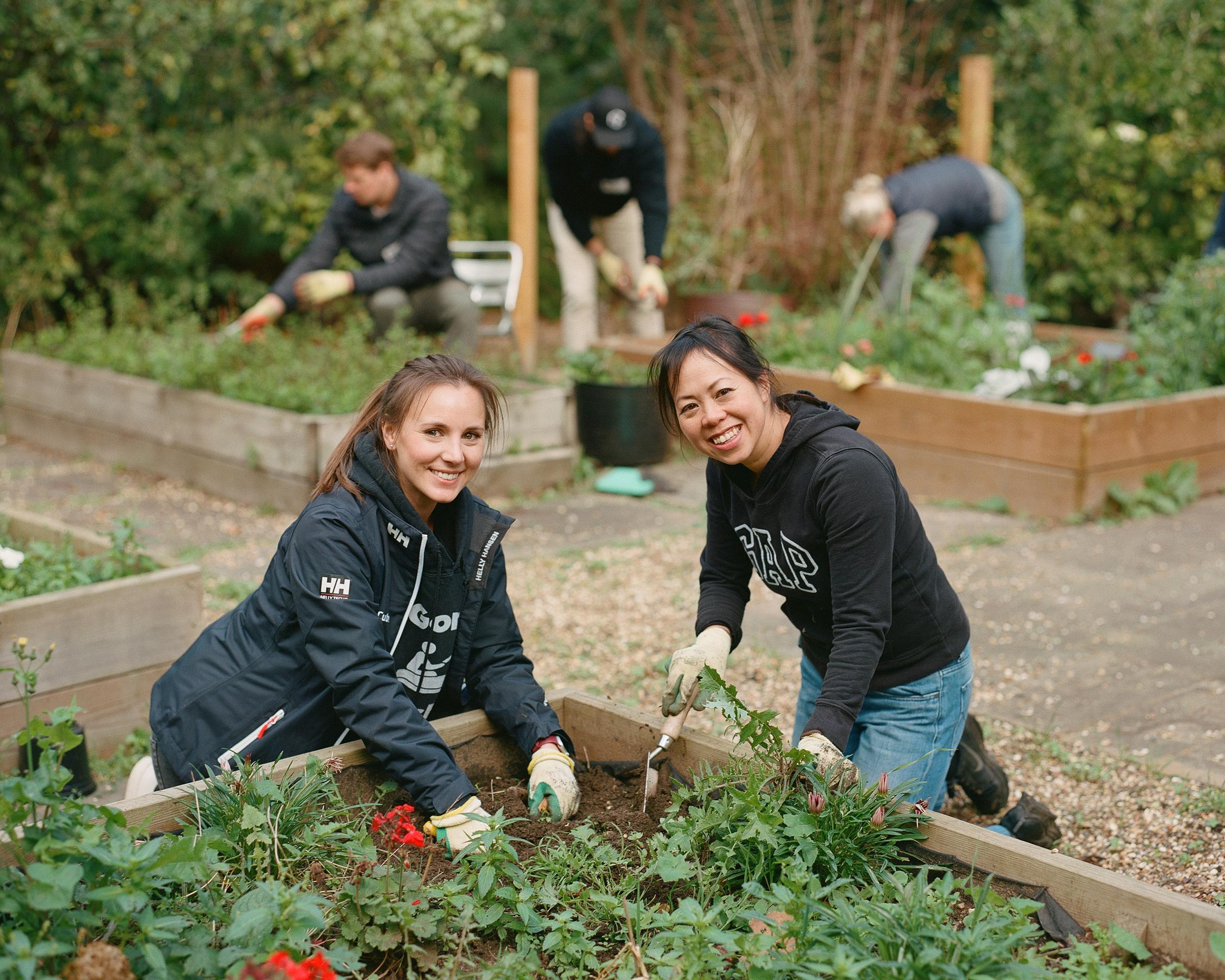
Connection and understanding tackle hardship in neighbourhoods
Hardship is not simply about income. Poverty has social, emotional and psychological aspects we must understand if we want to solve it.
Much of the conversation about hardship is, understandably, about lacking essentials such as enough food, and enough money to pay utility bills. But poverty also has social, emotional and psychological aspects. Being able to find connection, purpose, and the right help at the right time are all vital to protecting people from hardship. These are things the state, on its own, cannot provide.
Connection is a common theme for the authors of the first 4 pieces in our ideas series looking at community hardship, they urge us to understand hardship beyond just material deprivation.
Power of social connections and networks
Social connections and networks can provide safe spaces, nurturing relationships and purpose in peoples’ lives, alongside practical help and support to stop problems getting worse.
As Polly Curtis of Demos powerfully argues, social isolation and lack of connection are aggravating factors impacting on health and risk of severe poverty, something JRF’s analysis also shows. Building social networks and social capital are preventative measures.
But several of our authors point to a substantial tearing of the social fabric, and in particular the disappearance of the community centres, social spaces and residents’ associations or community groups people can turn to for help when they most need it.
Of particular concern to Margaret Bolton and Millie Dessent of Local Trust is the 225 neighbourhoods with the highest levels of deprivation and lowest levels of social infrastructure – places, spaces and organisations that enable people to come together and connect. They refer to these places as doubly disadvantaged, as the disintegration of social ties has been felt most acutely there.
This has consequences. Without a safety net of social connections, people who are socially isolated remain unseen, the power of neighbourhoods and local services to reach out and prevent issues from escalating is weakened. What is more, this piles further pressure on overstretched public services. But even in neighbourhoods that have retained their social infrastructure, community and voluntary organisations are reeling from picking up the pieces of rising hardship without any consistent support.
Any mission to design out hardship in neighbourhoods must take seriously the importance and value of social connections. Our authors point to ways in which national and local policy can enable this. Margaret Bolton and Millie Dessent point to needs-based neighbourhood funding and hyper-local Community Wealth Funds where residents are trusted to make decisions. This would provide long-term, patient investment and support to develop local assets, networks and capacity. Polly Curtis introduces the idea of Universal Social Infrastructure, national standards for social and civil infrastructure, with funding focused on plugging identified gaps.
Not simply a lack of material resources
In addition to a lack of material resources, hardship is also about a lack of power, with implications for how people are seen and stigma.
The contribution from Simon Duffy, of Citizens Network, calls for us to embrace a concept of active citizenship, which starts from the assumption that we all have a unique contribution to make. He highlights the example of PFG Doncaster who use a peer-support approach to delivering practical, emotional and social support to anyone that needs it. Here, members are all both helpers and people being helped, rather than helplessly awaiting support from professionals.
This tendency of policymakers and service providers to see people as passive recipients of services, rather than experts in their own lives, can perpetuate a cycle of mistrust in the services and add credence to the feeling of powerlessness and being ‘done to’. It is a barrier to understanding how hardship is experienced by marginalised communities, serving to entrench problems.
The question of how we understand hardship is also explored by Lela Kogbara of Place Matters, who considers the intersection between knowledge and power. She argues this is a key issue for racialised communities in particular, where research is often done, and the knowledge created is interpreted by, people who are not part of the community being researched. This creates a power imbalance and results in a failure to fully understand the challenges people face or find adequate solutions. She makes the case for data construction to be a communal process, and points to work to understand the impact of stop and search in Birmingham as an example.
Policy that creates the conditions
Our contributors agree that policy has a role in restitching and strengthening the fabric of social infrastructure. But it will require new approaches to funding to plug the gaps and to build or strengthen capacity of neighbourhoods, particularly those that are ‘doubly disadvantaged’. It will also require the knowledge and experiences of marginalised communities to be central to how the state thinks about hardship, and designs its response.
For more in depth reading please explore our ideas series on this subject:
Creating the conditions for active citizenship for all by Simon Duffy
Racialised communities must be at the heart of tackling hardship by Lela Kogbara
Focusing on doubly-disadvantaged neighbourhoods by Margaret Bolton and Millie Dessent
Our welfare state should prevent problems, not just solve them by Polly Curtis
Acknowledgements
We would like to thank Tom Clark for using his editorial expertise to shape these essays.

This idea is part of the neighbourhoods and communities topic.
Find out more about our work in this area.

